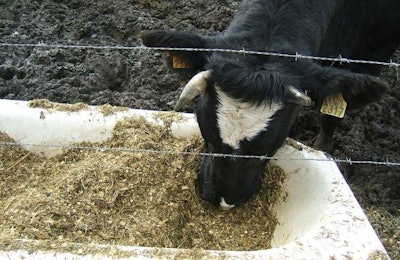
The industry of feed additives is one that never rests. We’re always looking for the next generation phytase, or an alternative to zinc oxide, or a totally new ingredient that will revolutionize animal nutrition. And, given the bright past, we can expect such additives as phytase, zinc oxide, organic acids and so many others to keep coming up. Or, perhaps not!
Today, there is a reduction in the pace of new additives emerging. There is nothing like the times of the late 1990s and early 2000s when new, novel, never heard of before additives showed up, seemingly out of nowhere. True, most lived a short life and died in the "fire" of field-testing, but still even more kept coming.
Instead, the additives industry is now focused on improving current successful additives. Part of this is trend is the extremely high cost of national registration and the lack of a global organism that could do that at a reasonable cost. Another reason is the lack of imagination as new researchers are trained to test instead of discovering new additives. The latter is now at the hands of the private industry — as public funding is dwindling in public universities. No finger pointing here, just the bare facts as attested by many of our profession.
Yet, life keeps moving and factors such as legislation, environmentalism, welfare, sustainability, health safety, antibiotic resistance, consumer preferences, etc., keep evolving and expanding. Gone are the antibiotics, and hens can no longer be kept in cages. Wrong or right, this is not for us to debate, but it is up to us to face such issues in practice. And, classical nutrition can do only so much; then you need the additives to give a hand.
So, what’s next? Additives that resolve problems. We no longer have the luxury to improve performance or profitability. We have let times bypass us, and we now run after those that shape the future of animal production trying to fix the problems they leave behind them. But, for that, we need to see new research focused on new compounds — and this requires money, private or public.

















